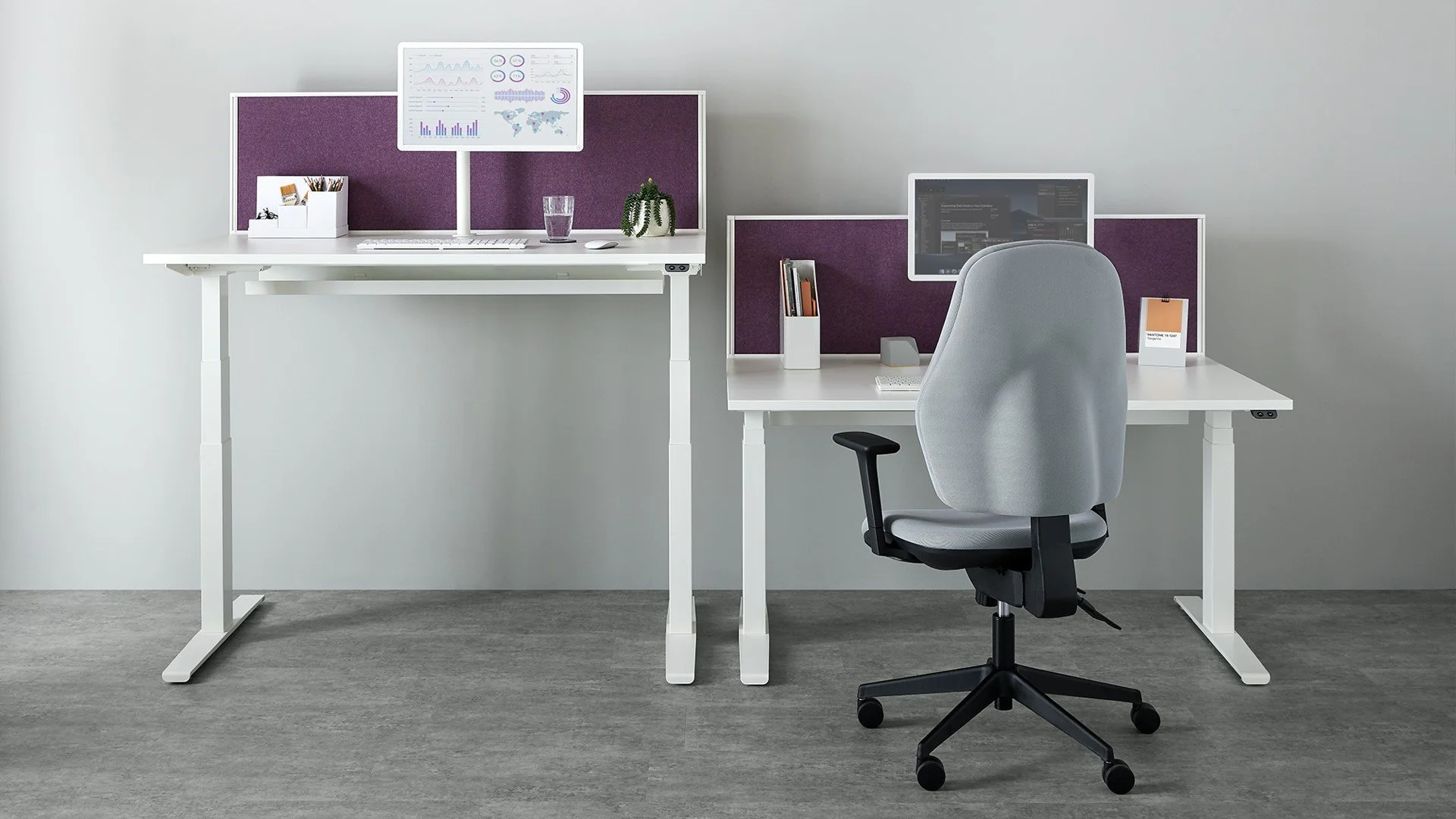Workplace Technology
Incorporating technology into the workplace transforms the traditional office into state-of-the-art facilities that foster innovative work environments.

Accommodating Hybrid Working“The modern workplace is shifting from traditional office setups to use technology for better teamwork and communication. This creates offices focused on future work environments by designing unique spaces that represent the company culture and using tailored plans to maximise space."
— James Fell, Future Office
Integrated Technology
Our Future Solution
Office culture means creating an environment that boosts productivity, teamwork, creativity, and focuses on employee well-being. Success in this setup shows up in a workplace where employees are engaged and productive. It's also reflected in satisfied clients, sustainable growth, and positive financial impact on the setup shows up in a workplace where employees are engaged and productive. It's also reflected in satisfied clients, sustainable growth, and positive financial impact.
Modern Office Fit-outs Embracing Versatile Project Delivery
Collaboration in the workplace can enhance the efficiency of modern offices by incorporating design elements that prioritise people's needs, thereby enhancing the overall workplace experience. Office technology not only impacts office operations but also influences aesthetics, shifting from cluttered environments to cleaner, more spacious, and wireless setups. The advent of digital transformation has minimised the necessity for storage space, prompting a shift in office design towards flexible furniture solutions to accommodate work activities.
Workplace Technology Frequently asked Questions?
-
Integrating a mix of natural and artificial lighting in a workspace offers numerous advantages. Natural light boosts mood and focus, heightening productivity. It also aids in energy conservation, reducing reliance on artificial lighting and cutting utility expenses. Moreover, exposure to natural light promotes better sleep, diminishes eye strain, and bolsters immune function, fostering a healthier workforce. This blend of lighting diminishes glare and harsh contrasts, creating a visually comfortable setting that minimises eye fatigue and headaches. Additionally, natural light enhances the workspace's aesthetics, fostering a welcoming ambiance that boosts morale and satisfaction among employees. Furthermore, the combination allows for flexibility in adjusting lighting levels to suit various tasks, preferences, and weather conditions. Overall, a well-crafted lighting setup incorporating both natural and artificial sources enhances productivity, energy efficiency, and overall workplace satisfaction.
-
The digital workplace serves to:
Facilitate Collaboration: Enables seamless team collaboration through messaging, conferencing, and document sharing.
Increase Productivity: Automates tasks, provides access to information, and offers organisation tools for efficiency.
Enhance Communication: Provides channels for formal and informal communication like email, messaging, forums, and social networking.
Support Remote Work: Enables teams to work from anywhere with necessary infrastructure and collaboration tools.
Promote Employee Engagement: Fosters interaction, recognition, and feedback to boost engagement.
Enable Flexibility: Allows customisation of work environment for individual preferences and styles.
-
Numerous theories and methodologies advocate for workplace design as a means to enhance employee retention and innovation, thereby fostering a more productive environment. By tailoring spaces and work practices to align with your company's ethos, individuals are afforded the chance to work in a manner conducive to their well-being. This approach reduces barriers and cultivates engaging environments that enrich the everyday experiences of employees.
-
The cost and timeline of the project vary based on its complexity and scale. Reach out to us via email or telephone for a casual conversation, and we'll gladly discuss your requirements, budget, and provide an estimated timeframe for delivery.









